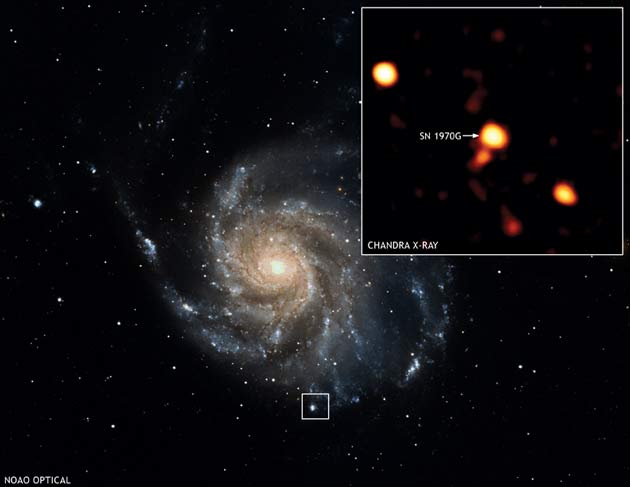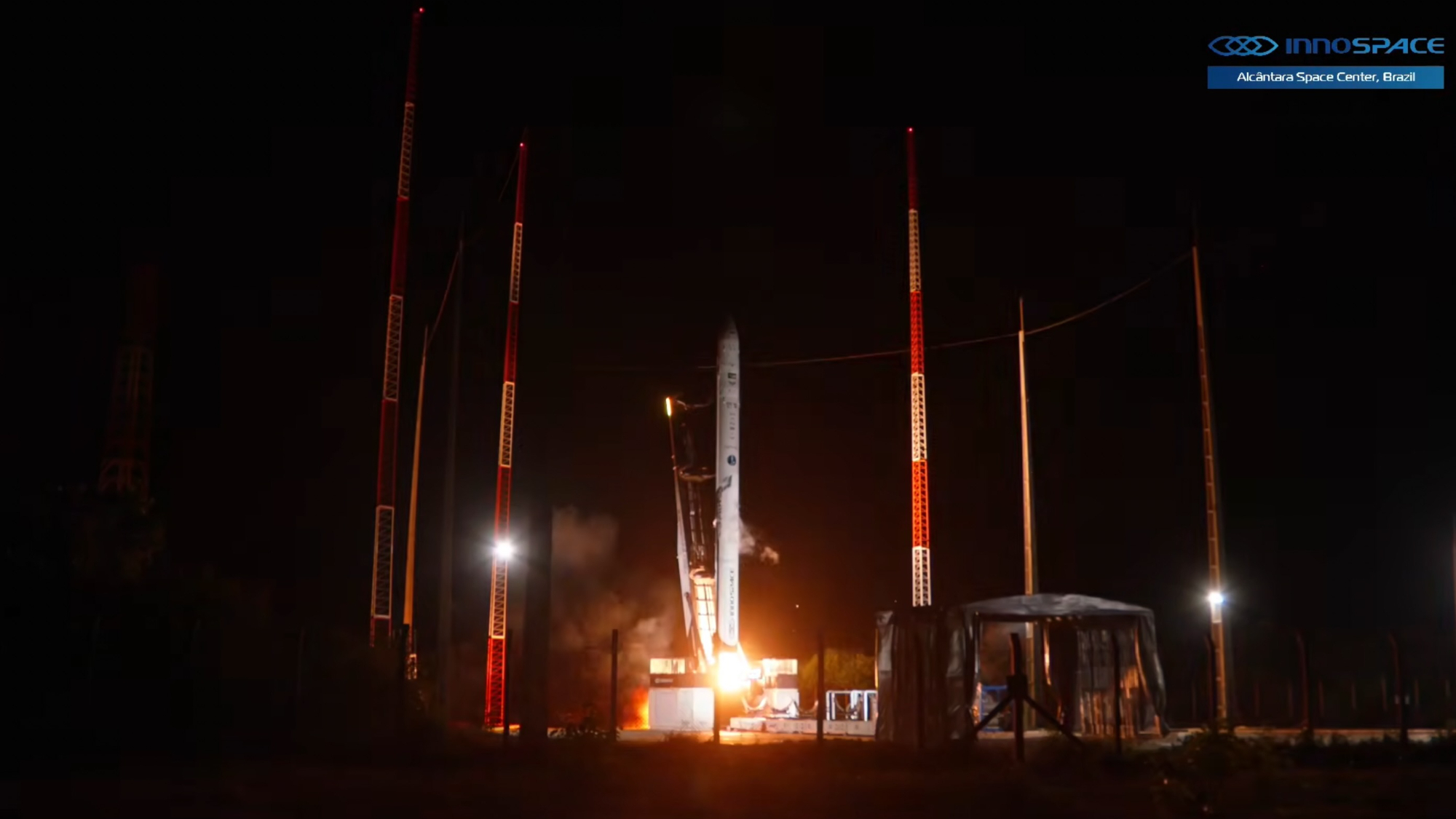The Surprising End to a Supernova

Astronomers have spotted exploding stars called supernovas in various stages of evolution. But until now they had no clear view of when a supernova becomes what's called a remnant.
New observations from NASA's Chandra X-ray Observatory fill that gap, showing that the transition is unexpectedly smooth.
The research also offers a new view of how the remnants light up.
35 years ago ...
When some of the more massive stars in the universe reach the ends of their lives, they explode dramatically. Ancient astronomers sometimes saw these supernovas as they unexpectedly appeared in the sky. In modern times, supernovas in other galaxies have been spotted by various observatories recording X-rays and gamma rays.
The remnant of an explosion is a glowing shell that expands into space. The Hubble Space telescope and others have made fantastic images out of these remnants.
But scientists have not known when a supernova becomes a remnant or what powers the glowing shell.
Breaking space news, the latest updates on rocket launches, skywatching events and more!
Stefan Immler of NASA's Goddard Space Flight Center led a team that recently examined a supernova that exploded in 1970, called SN 1970G. It sits just off the handle of the Big Dipper.
The astronomers combined new observations from Chandra with archived data from the European-led ROSAT and XMM-Newton observatories.
Instead of finding glowing interstellar gas, as they expected, the researchers concluded the remnant's glow comes from a wind of charged particles that emanated long ago from the dying star. The material was shed by the star thousands to million of years before it went supernova, and the shock of the explosion is overtaking all the previously ejected particles.
That collision heats the material and creates the X-ray glow.
"Some astronomers have thought there's a moment when the supernova remnant magically turns on years after the supernova itself has faded away, when the shock wave of the explosion finally hits and lights up the interstellar medium," Immler said. "By contrast, our results show that a new supernova quickly and seamlessly evolves into a supernova remnant. The star's own debris, and not the interstellar medium gas, fuels the remnant."
Studies of other supernova remnants, while not as detailed, support the new finding.
"We have to rethink this notion that a shock wave from the supernova crashes into the interstellar medium to create a supernova remnant," Immler said. "The luminous supernova remnants that we see can be created without the need of a dense interstellar medium. In fact, our study showed that all supernovae detected in X-rays over the past 25 years live in a low-density environment."
The results are detailed in the Astrophysical Journal.
SN 1970G is located in the Pinwheel Galaxy, also named M101, which is about 22 million light-years away in the constellation Ursa Major, home of the Big Dipper.
- Supernova Photographed in Earliest Stage
- The Last Supernova: 400-Year-Old Explosion Imaged
- Hubble Reveals Dramatic New Phase of a Supernova Explosion
- Dramatic Increase in Supernova Explosions Looms

Rob has been producing internet content since the mid-1990s. He was a writer, editor and Director of Site Operations at Space.com starting in 1999. He served as Managing Editor of LiveScience since its launch in 2004. He then oversaw news operations for the Space.com's then-parent company TechMediaNetwork's growing suite of technology, science and business news sites. Prior to joining the company, Rob was an editor at The Star-Ledger in New Jersey. He has a journalism degree from Humboldt State University in California, is an author and also writes for Medium.
